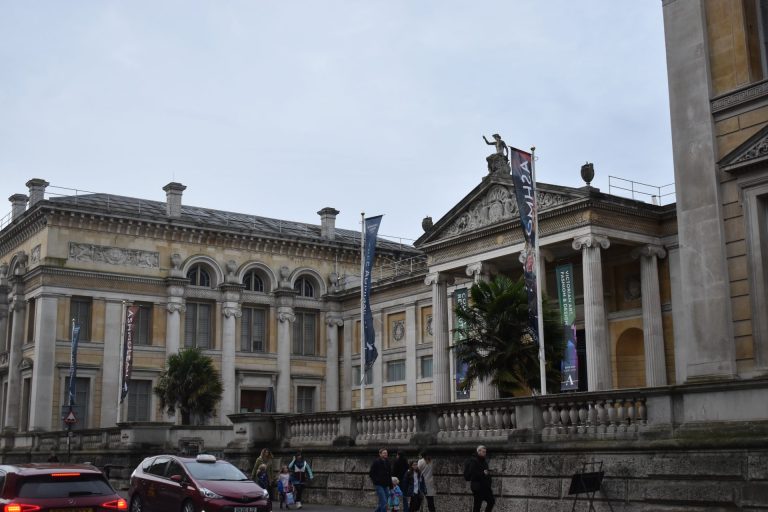“There used to be proper lesbian bars but they’re all Prets now” says Daphne in Sap.
This will certainly be a loose retelling of Ovid’s Daphne and Apollo, but a dutiful one nonetheless. It proclaims itself as a ‘queer urban fable about passion, power and photosynthesis’ that uses nature to grasp the complex relationship between a woman and her own sexuality. With a tiny cast and only an hour to fill, the play uses the time old tale to make a daring commentary on the adversity still faced by bisexual women in modern society. This production’s Daphne is a bisexual woman working at a charity who becomes increasingly mired in the consequences of a hazy sexual encounter and a dishonest relationship. The classic is the binding force of the play that we don’t see, narratively underscoring hyper modern language as we traverse Twitter feeds with our protagonist, rather than the heavens.
The play is about understanding what it means to be a bisexual woman and to have your identity erased by people demanding categorisation. Daphne’s girlfriend, “Wonder Woman” will tell her that she doesn’t believe it is possible to be bi. However, the violence which Daphne faces over the course of the play only works to substantiate the possibility of her sexuality because it manifests in such fear and resentment in others. Towards the end of the play, Daphne reveals the statistic that bisexual women are five times more likely to experience domestic abuse than straight or gay women. As she is enveloped by awful life events unfolding around her, the protagonist must choose between grasping this identity and letting it possess and destroy her. Her transformation into a laurel tree represents the stoic ability to do the former. “Sap” is the positive substance made of identity and agency which will course through her in tree form. The transformation represents a kind of fortification and self-preservation against the other character’s cruelty and at large, of bisexual women against society’s malice.
Director, Rosie Morgan Males promises to pack a wedding, restaurant, club, apartment and even Kew Gardens into the Burton Taylor. She told us that ‘you can expect a bit of everything’ as the play snaps very quickly between multiple locations and experiences with only two actors. Actor, Siena Jackson Wolfe nervously quipped that she better be entertaining because she’s ‘nearly all we’ve got for an hour’ and looked briefly forlorn when she recalled how many lines she has to learn in two weeks. She doesn’t leave the stage once. Other actor, Luke Bannister, faces a job equally demanding. He must embody every other character in the production, composing Daphne’s life and the play by weaving together the experiences of multiple, very distinct personalities. This is a copious story packed skillfully and dynamically into sixty minutes.
Luke even tentatively suggested that the play resembles something of Fleabag. We can see why in its comedy and ability to break the fourth wall, the fact of never hearing the protagonist’s name and experiencing the action solely with and through her. He was careful to express, however, that this is not a replication of the hit show but shares some of the absorbing yet buoyant qualities which make it a safe environment to explore very dark themes.
In the vein of infusing an undeniably heavy play with buoyancy, we will be visually and sonically mesmerized. Mystical hangings and iridescent colors will dress the stage as a space constantly morphing around Daphne, flitting in and out of situations in real time and space and her internal world. A mixture of real-life sound and imported, non-naturalistic sound which the director coins a ‘non digestible soundtrack’ will aid the construction of these populated scenes and bind us closely to Daphne’s experience as her heartbeat fills the theatre. Think of it as an amorphic pallet onto which a dingy club and a sweeping Kew Gardens will be easily superimposed. You must be intrigued now.
Siena added at the end of our interview that the brilliance of Rafaella Marcus’ script, not two years old, will do most of the work for the crew, but that the director’s ‘palpable passion’ will ensure that the prejudices and dangers of being a bisexual woman are confronted with humor, beauty and sensitivity.
Sap will run from 19th-23rd November, 21:30 at The Burton Taylor Studio.











